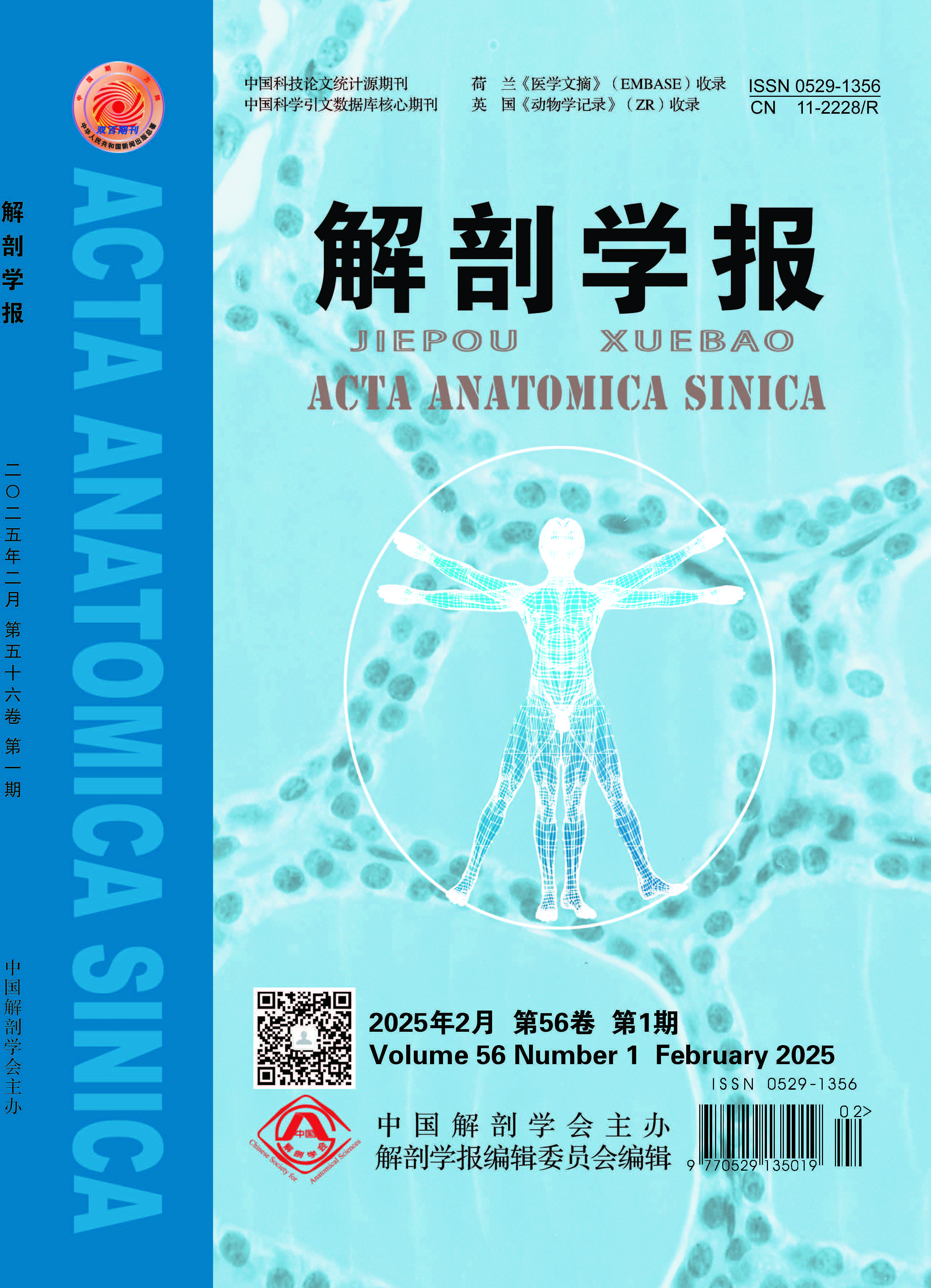Objective To investigate the effect and mechanism of edaravone (Eda) on myocardial injury in chronic heart failure (CHF) rats by regulating Notch/Hes-1 signaling pathway. Methods The CHF rat model was established and the rats were separated into sham surgery (S) group, model(M) group, low dose Eda (Eda-L) group, medium dose Eda (Eda-M) group, high dose Eda (Eda-H) group, and Eda-H + Notch signal pathway inhibitor DAPT (Eda-H + DAPT) group, with 25 rats in each group. Echocardiography was applied to detect the levels of left ventricular end diastolic diameter (LVEDd), left ventricular end-systolic diameter (LVEDs), and left ventricular ejection fraction (LVEF) in rats. ELISA was applied to detect levels of tumor necrosis factor-α (TNF-α), interleukin (IL)-1β, IL-6, malondialdehyde (MDA), superoxide dismutase (SOD), and angiotensin Ⅱ (Ang Ⅱ) in serum. Myocardial infarction was observed by 2,3,5-triphenyl tetrazolium chloride(TTC) staining. HE staining, TUNEL staining and Masson staining were applied to observe the morphological changes of myocardial tissue, myocardial cell apoptosis and myocardial fibrosis respectively. immunohistochemistry was applied to detect the expression of collagen Ⅰ and angiotensin converting enzyme 2 (ACE2) proteins in myocardial tissue. Western blotting was applied to detect the expression of Notch 1, Hes-1, transforming growth factor-β1 (TGF-β1), Bcl-2, Bax, and Caspase-3 proteins in myocardial tissue. Results Compared with the sham group, the distribution of cardiomyocytes in model group was disordered, and severe inflammatory symptoms. There was a large amount of blue collagen deposition between the perivascular area and the myocardium. The LVEDd, LVEDs, TNF-α, IL-1β, IL-6, MDA and Ang Ⅱ levels, myocardial infarction size, cardiomyocyte apoptosis rate, Collagen Ⅰ, Bax, Caspase-3 and TGF-β1 protein expressions increased obviously (P<0.05), the LVEF, SOD levels, ACE2, Bcl-2, Notch 1, and Hes-1 protein expressions were obviously reduced (P<0.05). Compared with the model group, the myocardial tissue damage was reduced in the Eda-L, Eda-M, and Eda-H groups, with reduced inflammatory cell infiltration and collagen deposition; The LVEDd, LVEDs, TNF-α, IL-1β, IL-6, MDA and Ang Ⅱ levels, myocardial infarction size, cardiomyocyte apoptosis rate, collagen Ⅰ, Bax, Caspase-3 and TG-β1 protein expressions reduced obviously(P<0.05), the LVEF, SOD levels, ACE2, Bcl-2, Notch 1, and Hes-1 protein expressions increased obviously (P<0.05). Notch signaling pathway inhibitor DAPT reversed the protective effect of edaravone on myocardial injury in rats with CHF (P<0.05). Conclusion Edaravone may improve myocardial injury in CHF rats by activating Notch/Hes- 1 signaling pathway.


